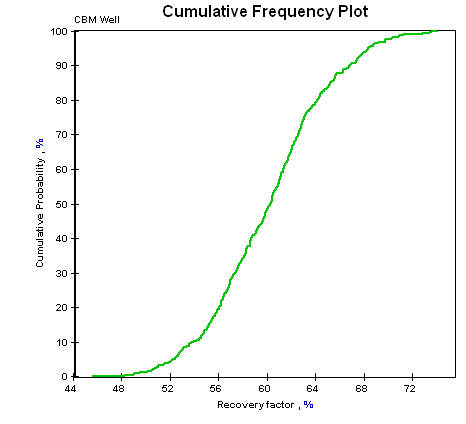
This reduces the variability of bootstrap resampling, ensuring that the total mean of bootstrap resamples equals the original sample mean. A Latin hypercube is the generalization of a Latin square in an arbitrary number of dimensions. In a balanced bootstrap, also known as Latin hypercube resampling (Hall, 2001), the data is resampled in such a way that each of the data points appears the same number of times in the collection of resamples. While this method is identical to the stratified sampling method when generating variables from univariate distributions, the process undertaken in this method to generate a. A square grid is a Latin square if there is only one sample in each row and each column. Finally, recommendations are given for choosing a model validation technique for a particular setting. McKay, Conover, and Beckman first advocated this sampling method in 1979 to deal with the generation of variables from multivariate distributions. In this case, GoldSim would ensure that one sample was selected from the 0 to 0.2 cumulative probability range, one from the 0.2 to 0.4 cumulative probability range, and so on (which. Let’s assume that you ran 5 realizations. In addition, practical examples illustrating some of the pitfalls associated with model selection and performance assessment are presented. How GoldSim samples the distribution using Latin Hypercube Sampling (LHS) is a function of the number of realizations. A survey of meta-modeling techniques within evolutionary optimization is provided. Resampling strategies such as cross-validation, subsampling, bootstrapping, and nested resampling are prominent methods for model validation and are systematically discussed with respect to possible pitfalls, shortcomings, and specific features. The principal idea behind conditioned Latin hypercube sampling (cLHS Minasny and McBratney, 2006) is to cover the state space of all covariates by maximally stratifying the marginal distribution, while also preserving the correlation between the covariates in the sample set. This paper specifically draws attention to the fact that assessing model accuracy is a crucial aspect in the meta-modeling framework. Weighted conditioned Latin hypercube sampling with extremes. Examples include classical linear regression, splines, neural networks, Kriging and support vector regression. Latin hypercube sampling and geostatistical modeling of spatial uncertainty in a spatially explicit forest landscape. Much of the work in the past has focused on finding a good regression method to model the fitness function.

Meta-modeling has become a crucial tool in solving expensive optimization problems.


 0 kommentar(er)
0 kommentar(er)
